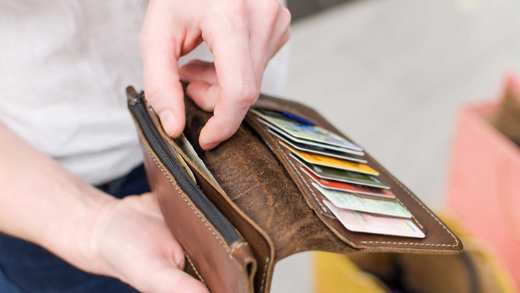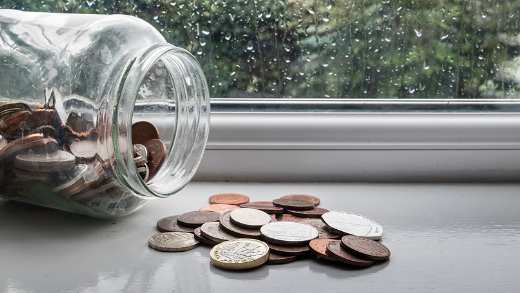A general investment account (GIA) is a way to buy and sell investments like shares and funds. As there’s no limit on how much you can invest in GIA, it’s could be a good option if you’ve used up your £20,000 ISA allowance.
How does a general investment account work?
You can use a GIA to buy and sell a wide range of investments, most commonly these are:
- Funds – a selection of shares or other investments that are either put together by a fund manager or track an index like the FTSE 100 index
- Shares – these give you part ownership in companies that are listed on stock exchanges
- Bonds – loans to either a company or the government which give you a fixed return over a set period

Most GIAs are flexible, so you can choose how much you pay in – whether that’s lump sums or regular payments – and when you buy and sell.
The kind of investments you’ll be making are recommended for the longer term (at least five years). If you’re buying individual shares or bonds, it’s worth doing some research, so you know exactly what you’re investing in. At Aviva, we offer a GIA you can manage through our award-winning online platform.
You should also be aware that the money you put in will be at risk, as the value of your investments could go down as well as up. So you could get back less than you invested.
What tax do you pay with a general investment account?
A GIA doesn’t have the tax perks of an ISA or pension, but you can still benefit from some personal allowances.
Capital Gains Tax
When you sell your GIA investments you could face a Capital Gains Tax (CGT) bill. This is the tax you pay when you sell things like stocks, bonds or funds – and also other assets like antiques and investment property – that have increased in value.
But each tax year you also have a CGT allowance called the ‘Annual Exempt Amount’ - for 2024/2025 it’s £3,000. You’ll only have to declare any profit above that amount to HMRC. Then you’ll pay tax at the rates below:
- 10% for basic rate taxpayers
- 20% for higher rate and additional taxpayers
One way to mitigate Capital Gains Tax is to split the sale of anything in your GIA between tax years. That way you can make use of more than one Annual Exempt Amount.
Tax on dividends
If your GIA investments pay out cash dividends you may need to pay tax on these. Although each tax year you’ll get a dividend allowance – for 2024/2025 it’s £500 – and any dividends under that amount are tax-free.
You also won’t have to pay tax if your total income is less than the personal income tax allowance – this is £12,570 for 2024/2025.
Any dividends you get over your allowance are taxed at:
- 8.75% for basic rate taxpayers
- 39.35% for additional rate taxpayers
Your exact tax position will depend on your personal circumstances and may change in future, so it’s always a good idea to check or speak to a financial adviser.
Using a GIA vs an ISA
Unlike a GIA, with an ISA you’ll get UK tax breaks on your investments, as any money you make is free from UK Capital Gains Tax or income tax.
As you can add £20,000 to an ISA in the 2024/2025 tax year if you have not yet used any of that allowance, a smart move is to use that allowance in a stocks and shares ISA to make the most of the tax benefits, before you start using a GIA.
Tax benefits depend on individual circumstances and are subject to change.
With a stocks and shares ISA, you can generally invest in the same things as in a GIA and there’s no limit to buying and selling within the ISA wrapper – you can trade as often as you like, although you may be charged to buy and sell. You can read more about stocks and shares ISAs.
Some ISA providers also let you withdraw and pay back into your ISA during the same tax year with no charges. At Aviva, we offer a flexible stocks and shares ISA.
Can you transfer a general investment account?
When you open a GIA, you’re not stuck with it. Whether you’re looking for lower management fees, more investment options or better customer service, it’s possible to move your GIA to another provider. You may even be able to do it without selling your investments – that’s called a 'unit transfer' or an ‘in-specie transfer’.
Once you’ve spotted a new provider that ticks your boxes, get in touch with them. They’ll ask you for some details and get things moving. From then on, they’ll do all the legwork and reach out to your current GIA provider.
Your actual transfer might take a few weeks to complete. There may be some costs to move from your current provider, like transfer fees or other charges. You also might not be able to hold the exact same investments as in your old account. So, it’s a good idea to check before you get the ball rolling.
















